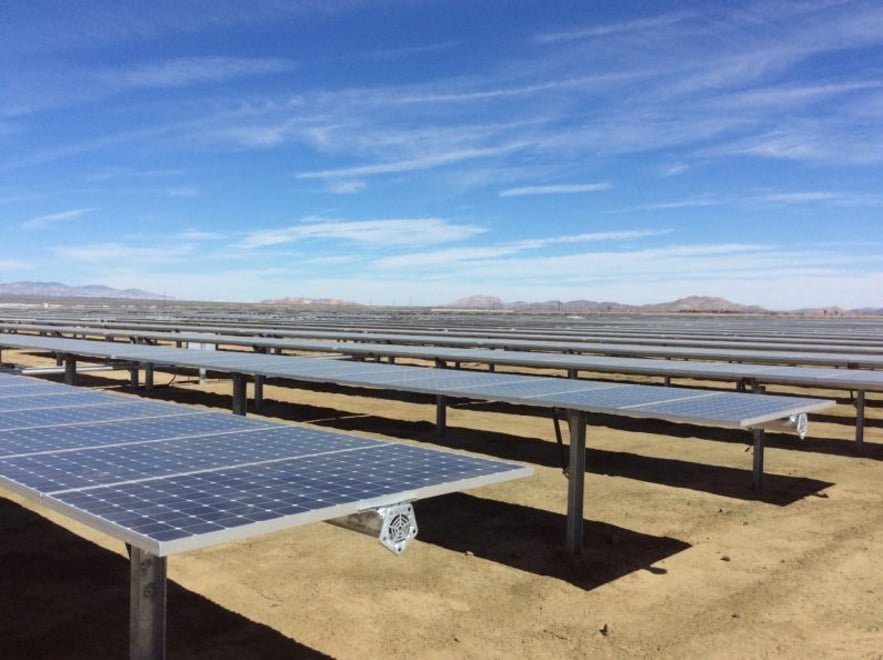Increased access to solar power will allow 65 percent of Stanford’s electricity to come from renewable resources by the end of 2016, according to a Stanford News press release.
Following its completion in November, the Stanford Solar Generating Station in Southern California is expected to supply continuous power to the University by Dec. 31. Solar panels will also be added to 16 more buildings on campus by the end of this year, including Maples Pavilion, Bing Concert Hall and the Kennedy Graduate Residences.
The Solar Generating Station and the on-campus panels will supply 53 percent of Stanford’s power. The University will procure the other 47 percent of its energy from the California power grid. As renewable resources such as solar, geothermal and wind turbine energy generate 25 percent of the state’s grid power, nearly two-thirds of Stanford’s power will come from renewable sources.
Stanford Energy Systems Innovations (SESI) drives this effort to augment the University’s use of renewable resources. The solar power expansion, in addition to a newly-launched SESI heat recovery system for the cooling and warming of campus buildings, will decrease Stanford’s greenhouse gas emissions by 68 percent.
The Generating Station sits on 242 acres in Rosamond, California, a Kern County desert town approximately 300 miles southeast of Palo Alto. 150,000 solar panels from the Generating Station will provide Stanford with 67 megawatts of power. The San Jose-based solar company SunPower began construction on the plant in January 2016. As of Oct. 6, solar panels had been installed on the plant; much of the remaining construction work involves wiring the network on site. The Generating Station will begin its full operations after a brief trial phase.
Additions on Stanford rooftops this fall will supplement existing solar panels at places such as the Knight Management Center and the Science and Engineering Quad. Installation for the new panels, which will contribute 5 megawatts of renewable energy to the University, began in May.
Other Stanford complexes that will sport solar panels by the end of this fall include the Braun Music Center, Central Energy Facility, Center for Clinical Sciences Research, Stanford Auxiliary Library, Stock Farm Garage, Automotive Innovation Facility, Hansen Experimental Physics Lab South, Meyer Buck House and 340 Bonair Siding.
While the student activist group Fossil Free Stanford has criticized the University for refusing to divest from fossil fuel companies, Joseph Stagner, executive director of sustainability and energy management, emphasized the University’s global role in pushing for sustainable action.
“We have been engaged in a major effort to make Stanford one of the most energy-efficient universities in the world, and this expansion of our solar resources will make a dramatic difference,” he told Stanford News. “Clean, renewable energy will become the dominant part of Stanford’s energy mix, and its proportion in that mix will continue to grow over time.”
As California shifts further toward renewables with a goal to operate 50 percent of its power grid on sustainable sources by 2030, Stanford’s renewable energy usage will also increase.
Contact Courtney Douglas at ccd4 ‘at’ stanford.edu.
